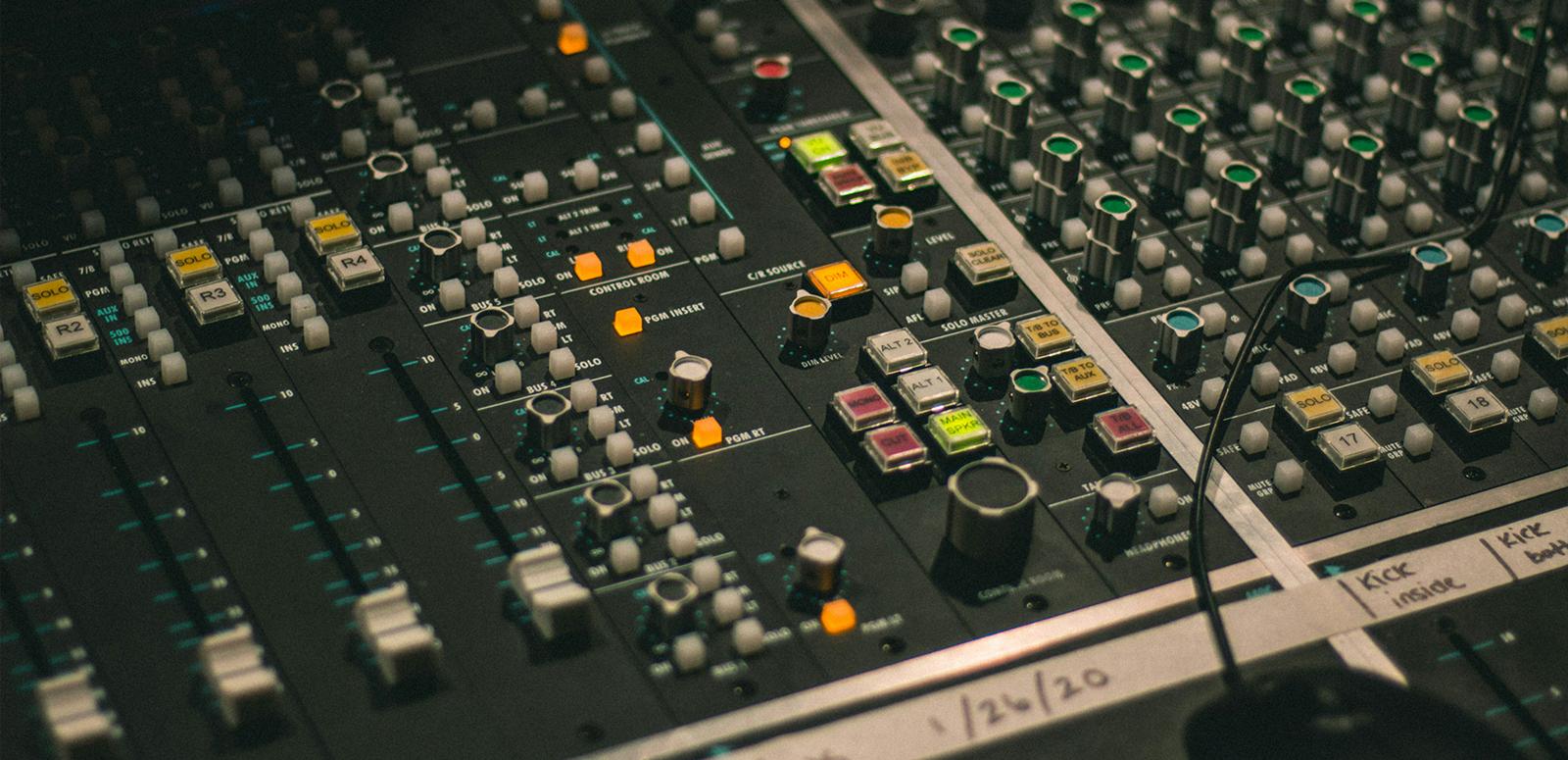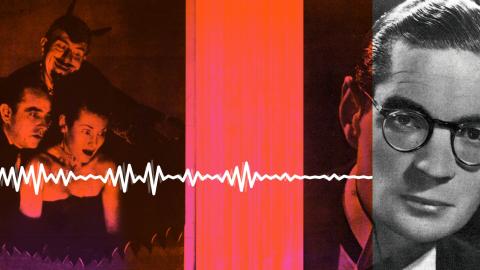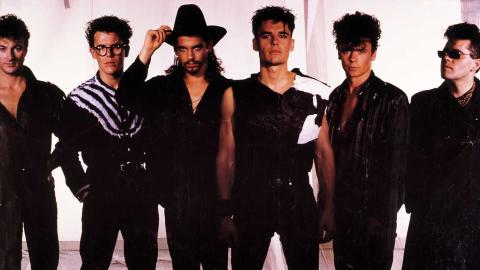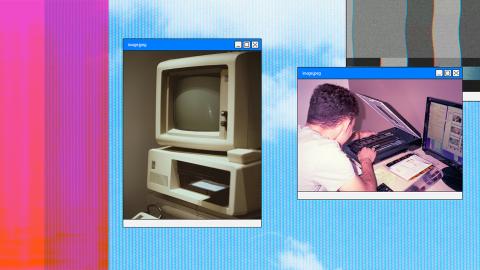Please be advised that this page may contain names, images and voices of deceased Aboriginal and Torres Strait Islander people.
From the crackling voices of early radio broadcasts to the pristine digital clarity of contemporary music, the NFSA’s sound recordings span more than a century and encapsulate our cultural, historical and technological evolution. In this article, we explore some key examples from our Sounds of Australia capsule, the NFSA’s annual selection of iconic audio moments, honouring recordings that have resonated deeply with communities and audiences across the country.




